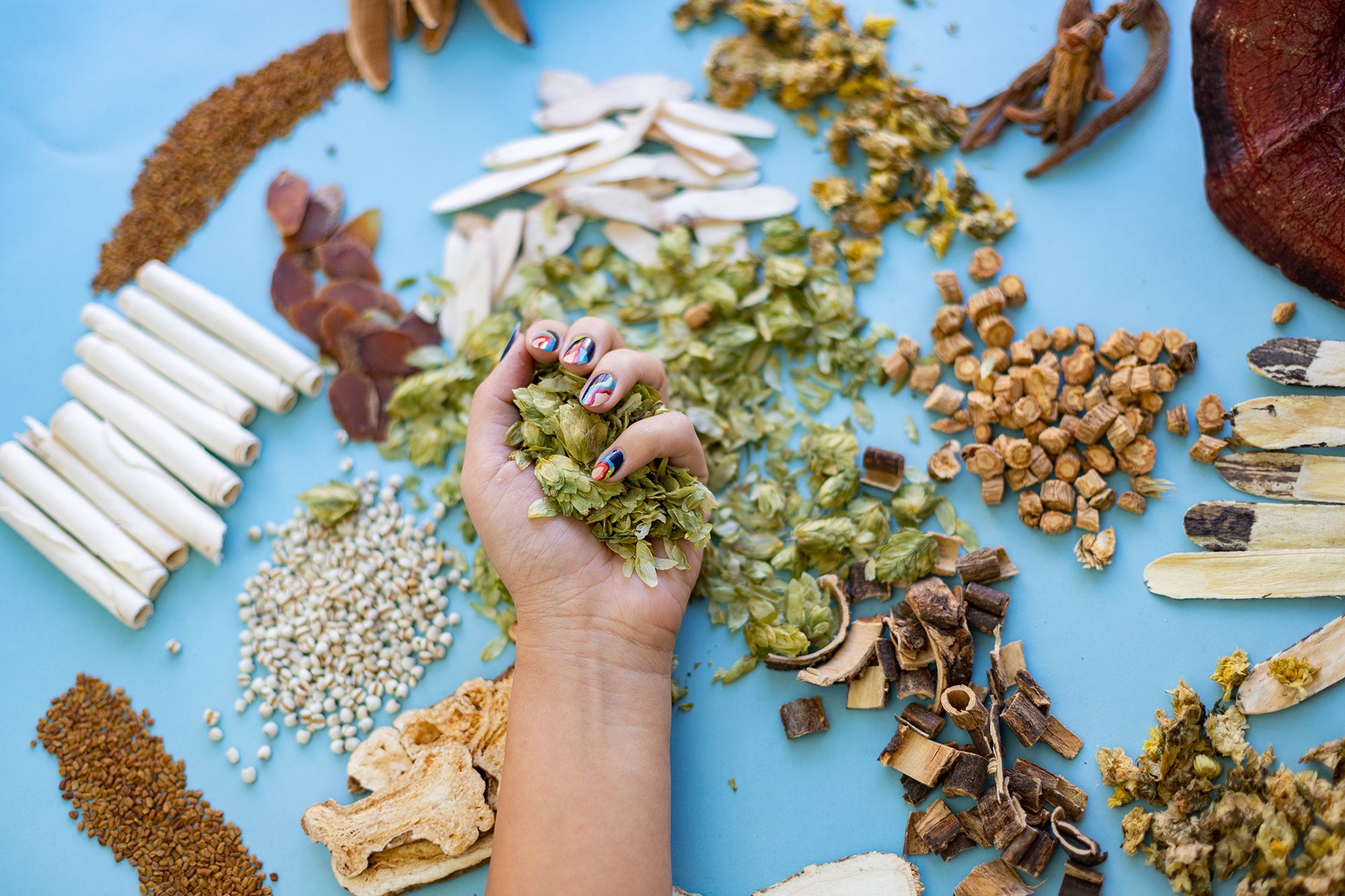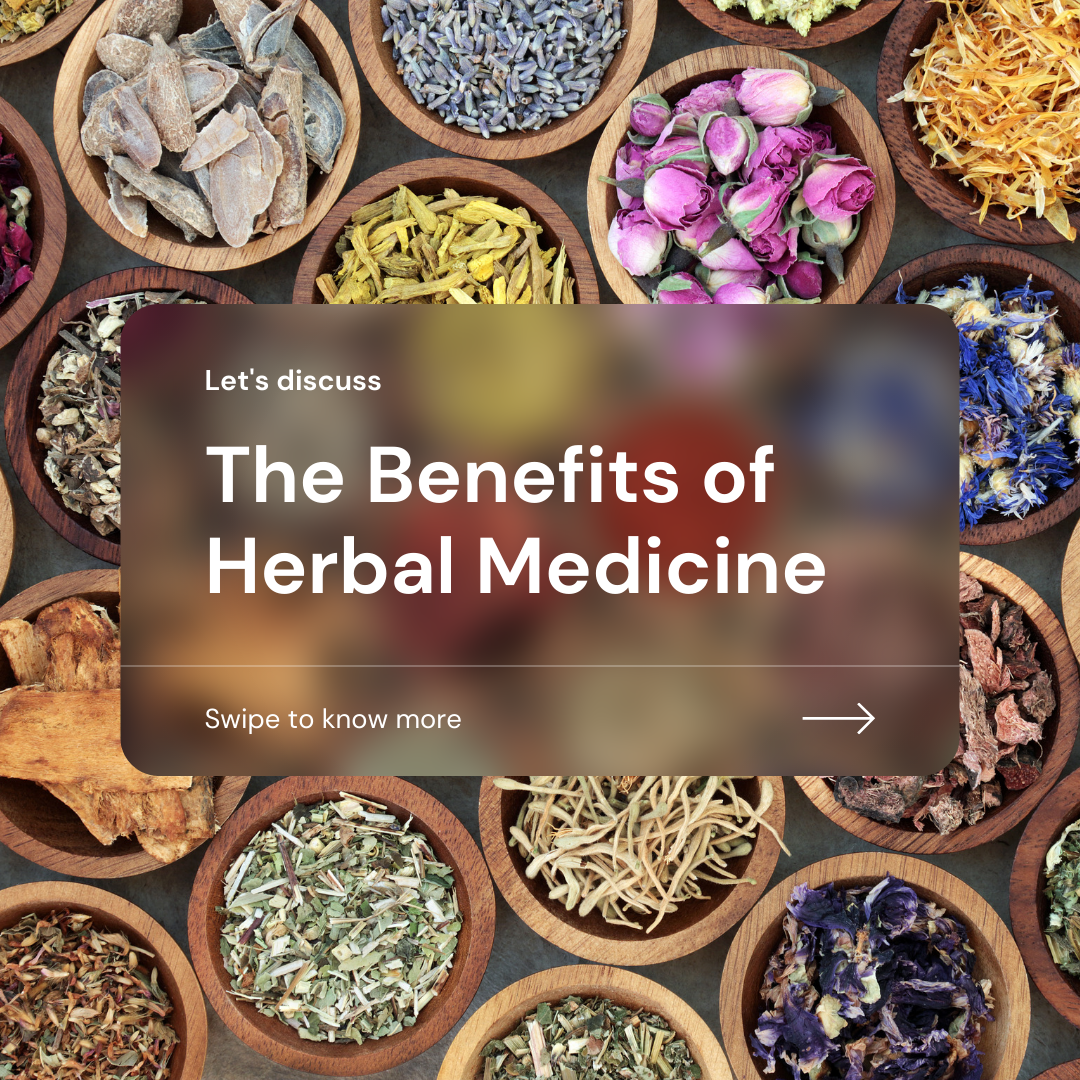Top Guidelines Of Herbalife
Top Guidelines Of Herbalife
Blog Article
More About Herbalife
Table of ContentsThe Single Strategy To Use For HerbalifeOur Herbalife PDFsHerbalife - An OverviewHerbalife for Beginners

The overall commercial value of the ethnobotanicals market can not be ignored. In 1995, the overall turnover of nonprescription-bound herbal medications in pharmacies was equivalent to virtually 30% of the total turn over of nonprescription-bound medicines in Germany, and in the United States, the annual retail sales of organic items was estimated to be US$ 5 - herbalife store near me.1 billion.
What Does Herbalife Do?
In China, the total worth of herbal medicine manufactured in 1995 reached 17.6 billion Chinese yuan (around US$ 2.5 billion; Eisenberg et al. 1998; THAT 2001). This pattern has proceeded, and yearly profits in Western Europe got to US$ 5 billion in 2003-2004 (De Smet 2005). In China, sales of herbal products amounted to US$ 14 billion in 2005, and income from natural medicines in Brazil was US$ 160 million in 2007 (Globe Health Company; http://www.who.int/topics/traditional_medicine/en/). In China, in 2003, standard natural medicines played a popular duty in the method to include and treat extreme acute respiratory system disorder (SARS), and in Africa, a traditional natural medication, the Africa blossom, has actually been utilized for decades to treat squandering signs and symptoms connected with HIV (De Smet 2005; Tilburt and Kaptchuk 2008).
Natural herbs and plants can be refined and can be taken in different means and types, and they include the entire herb, teas, syrup, essential oils, ointments, salves, rubs, capsules, and tablets that contain a ground or powdered kind of a raw natural herb or its dried extract. Plants and herbs extract vary in the solvent used for removal, temperature, and removal time, and consist of alcoholic extracts (tinctures), vinegars (acetic acid essences), hot water extract (tisanes), long-lasting steamed essence, usually roots or bark (products), and cold infusion of plants (macerates).

Around 200 years ago, the initial pharmacologically active pure compound, morphine, was created from opium extracted from seeds capsules of the poppy Papaver somniferum. This exploration showed that drugs from plants can be detoxified and carried out in exact does no matter the source or age of the product (Rousseaux and Schachter 2003; Hartmann 2007).
See This Report about Herbalife
With this ongoing trend, products from plants and all-natural resources (such as fungis and marine microbes) or analogs motivated by them have added substantially to the business medication preparations today. Examples include prescription antibiotics (e.g., penicillin, erythromycin); the heart stimulant digoxin from foxglove (Digitalis purpurea); salicylic acid, a precursor of aspirin, originated from willow bark (Salix spp.); reserpine, an antipsychotic and antihypertensive drug from Rauwolfia spp.; and antimalarials such as quinine from Cinchona bark and lipid-lowering representatives (e.g., lovastatin) from a fungi (Rishton 2008; Schmidt et al.
Additionally, greater than 60% of cancer cells rehabs on the market or in screening are based upon see page natural products. Of 177 medications accepted globally for treatment of cancer cells, even more than 70% are based on natural products or mimetics, much of which are improved with combinatorial chemistry. Cancer therapeutics from plants include paclitaxel, isolated from the Pacific yew tree; camptothecin, originated from the Chinese "pleased tree" Camptotheca acuminata and used to prepare irinotecan and topotecan; and combretastatin, stemmed from the South African bush willow (Brower 2008.
In between 2005 and 2007, 13 drugs obtained from natural products were authorized in the United States., last gain access to: November 5, 2010).
Our Herbalife Ideas
In the USA, the National Facility for Complementary and Natural Medicine at the National Institutes of Health and wellness spent approximately US$ 33 million on herbal medications in the financial year 2005; in 2004, the National Canadian Institute committed almost US$ 89 million for examining a series of standard therapies. While this scale of financial investment is reduced contrasted to the overall research study and advancement costs of the pharmaceutical sector, it nonetheless shows genuine public, sector, and governmental interest around (Li and Vederas 2009). With remarkable expansion in the interest in and usage of typical medicines worldwide, two major areas of problem occur that bring significant obstacles.

Report this page